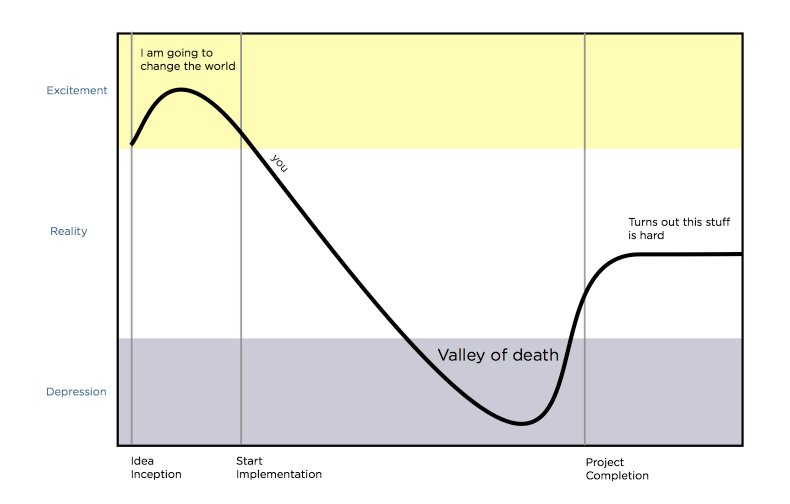
Options trading can be daunting, in large measure because “the risk-adjusted return of any options strategy will tend toward zero over time.” (p. 16) It doesn’t matter whether a person engages in high-probability or low-probability trading, whether the spread of choice is an iron condor or an out-of-the-money vertical spread. Without robust risk management the options trader will over time end up with a huge goose egg in his account for all his efforts.
The author focuses on calendars, double diagonals, butterflies, and condors. His analyses don’t follow a standard pattern, but generally speaking he discusses trade structures, the rationale for various positions, and ways to enter and manage trades, including adjustments. At the conclusion of each chapter is a set of exercises to test the reader’s understanding of the material. Answers are provided at the end of the book.
Here I’ll sample his chapter on butterflies. The first important distinction is between at-the-money and out-of-the-money butterflies. An ATM butterfly, especially on a broad market index, is “a delta-neutral income generation trade.” An OTM butterfly is normally a speculative directional trade; it is an inexpensive, low-probability, high-risk trade. But an OTM butterfly can also be used as a “what if I’m wrong” trade. Let’s say the trader expects a stock to trade higher and has opened an appropriate bull call spread. But, in case the stock doesn’t trade as expected, an OTM put butterfly below the stock’s current price can serve as an inexpensive hedge.
The author outlines two ways to manage an ATM butterfly, a simple and a more advanced. The simple technique has eight steps. Here are a few of them. Sell the ATM options and buy one option at one standard deviation OTM and one option at one standard deviation ITM. Buy extra calls and/or puts on the wings to get as close to a delta neutral position as possible. Close the trade when you are down 20%. Close half of the contracts and take your profit if you are up 25% or more. Close the trade on the Friday before expiration week. (pp. 103-105)
No-Hype Options Trading is a practical book for the trader who has a modicum of knowledge about options but needs help with delta-neutral strategies. Whether this book will enable him (with lots of practice) to generate steady monthly income, the alleged goal of non-directional trading, is another matter. Markets don’t always accommodate the delta-neutral trader. Strongly trending markets present significant challenges and highly volatile markets are “the worst-case scenario.” (p. 153) by Kerry W. Given, aka Dr. Duke (Wiley, 2011) might be just the ticket. The book (for those who care about the sometimes dueling camps in the options world) reflects some of the techniques taught by Dan Sheridan, who was one of the author’s mentors.No-Hype Options Trading: Myths, Realities, and Strategies that Really WorkFor the options spread trader, especially the non-directional trader, who is looking for strategies and trade management ideas





 1) What goes up must come down and vice versa.
1) What goes up must come down and vice versa. 

